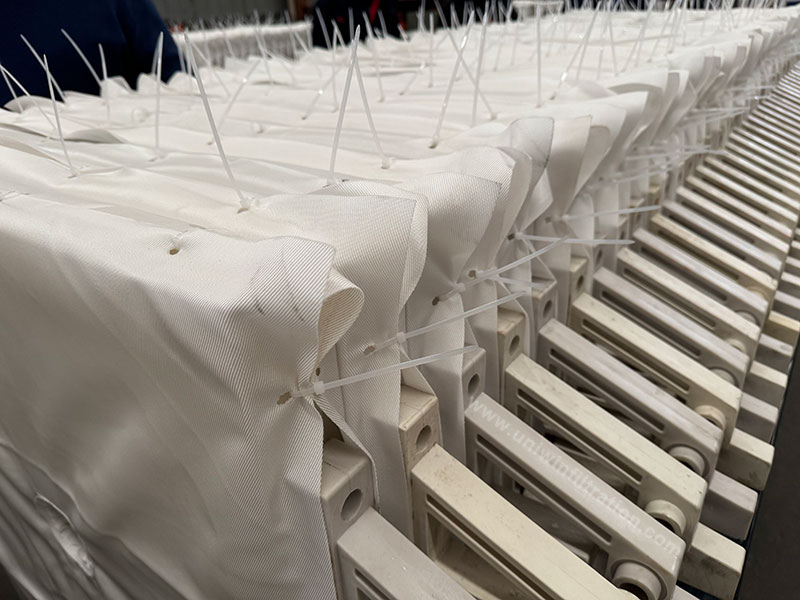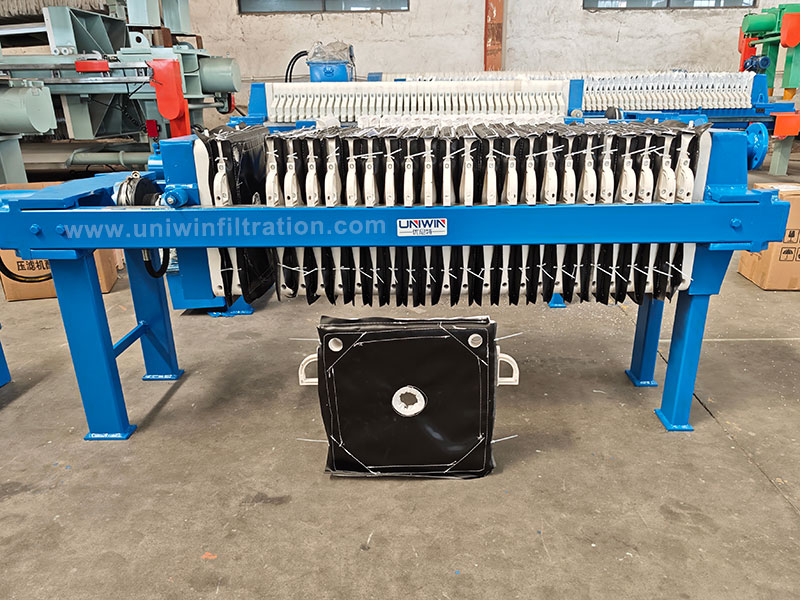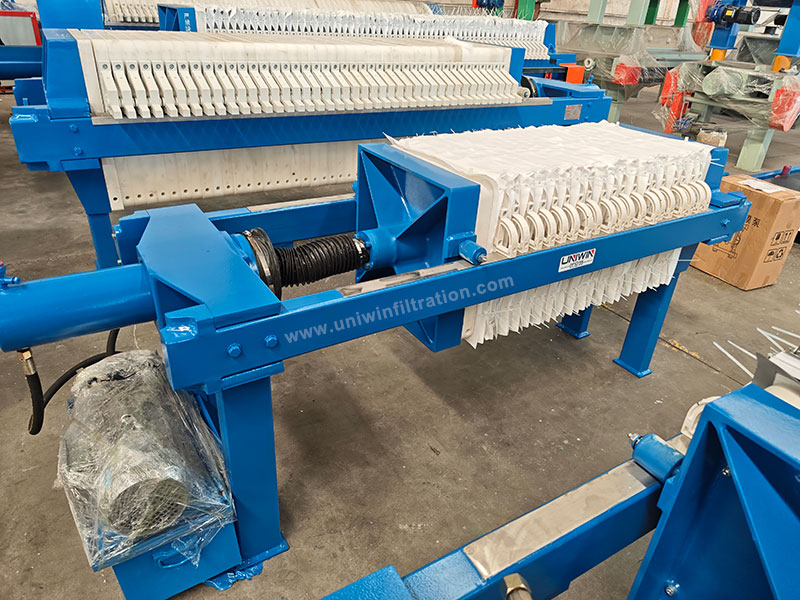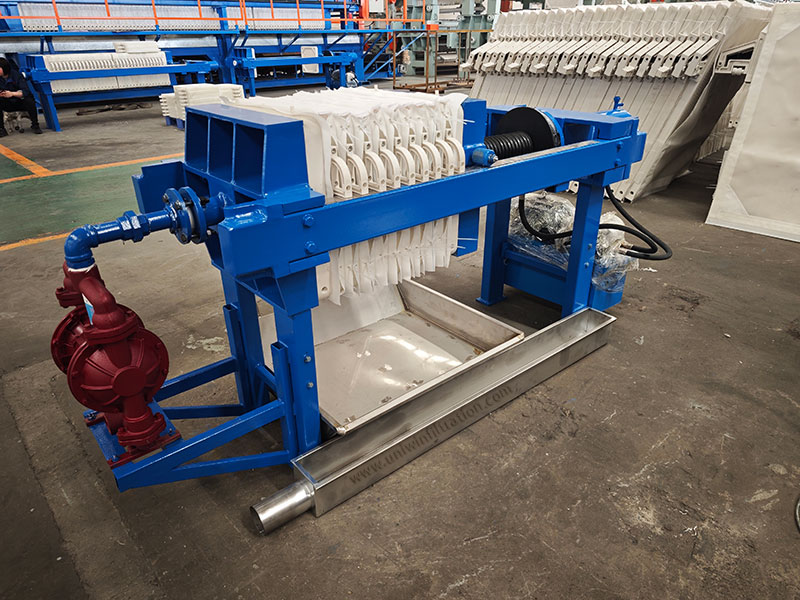Reasons For High Moisture Content of Filter Cake From Filter Press
Filter presses are widely used in industries such as mining, chemical engineering, and environmental protection for solid-liquid separation. However, in actual operation, high filter cake moisture content often affects production efficiency and subsequent processing. Understanding the cause and implementing effective countermeasures are key to improving filter press dewatering performance.
Equipment Factors
Improper selection of filter press type
Different types of filter presses (such as plate and frame filter presses, membrane filter presses, and belt filter presses) vary in their dewatering capabilities. For example:
Ordinary plate and frame filter presses have limited dewatering capacity.
Diaphragm filter presses can further reduce moisture content through secondary pressing.
Belt filter presses are suitable for processing primary concentrates, resulting in a relatively high moisture content in the sludge.
Poor filter cloth performance
The filter cloth’s material, permeability, and pore size directly impact filtration performance.
Clogged or overly large pores in the filter cloth can hinder cake formation or increase moisture content.
Aging or damaged filter cloth can also affect dewatering performance.
Insufficient pressing pressure
If the filter press is operating under insufficient pressure (due to a hydraulic system malfunction or improper settings), the filter cake will not be fully compacted, retaining excess moisture.

Process Parameter Settings
Feed concentration is too low
When the sludge or slurry concentration is too low, the moisture content is already high, which prolongs the filter cake formation time and results in a higher moisture content in the final filter cake.
Measure: Increase the feed concentration to an appropriate range (generally 3% to 8%, depending on the material properties).
Insufficient filtration time
The filtration cycle is set too short, and pressing is stopped before the filter cake is fully formed, resulting in a high moisture content.
Measure: Extend the filtration and pressing time to ensure sufficient dehydration of the filter cake.
Backflush or pneumatic assist is not in use.
Some filter presses are equipped with a backflush system or pneumatic-assisted dehydration device. If this is not activated or is malfunctioning, dehydration performance may be affected.

Material Properties
Fine particle size
Fine particles are more likely to clog the filter cloth, resulting in poor dewatering performance and more difficult filter cake compaction.
For example, materials such as activated sludge and clay are inherently difficult to dewater.
Organic or oily materials
High organic or oily materials have a highly hydrophilic surface, easily trapping water and making it difficult to squeeze out.
Improper flocculant use
Improper flocculant selection, insufficient dosage, or uneven mixing can impair mud-water separation and result in high moisture content in the filter cake.
Recommendation: Conduct small tests to determine the optimal flocculant type and dosage.

Operation and Maintenance:
Untimely cleaning of filter cloths
Long-term cleaning of filter cloths can lead to a mud film or blockage on the surface, affecting filtrate permeability and indirectly increasing moisture content.
Poor filter plate sealing
Worn filter plates or aging sealing strips can cause slurry leakage, reducing pressing efficiency.
Conclusion
High filter cake moisture content is often caused by factors such as improper equipment selection, inappropriate process parameter settings, poor material properties, or inadequate operation and maintenance. By optimizing the filter press type, increasing feed concentration, using flocculants appropriately, and regularly maintaining the equipment, filter cake moisture content can be effectively reduced, improving overall dehydration efficiency and operating economy.

